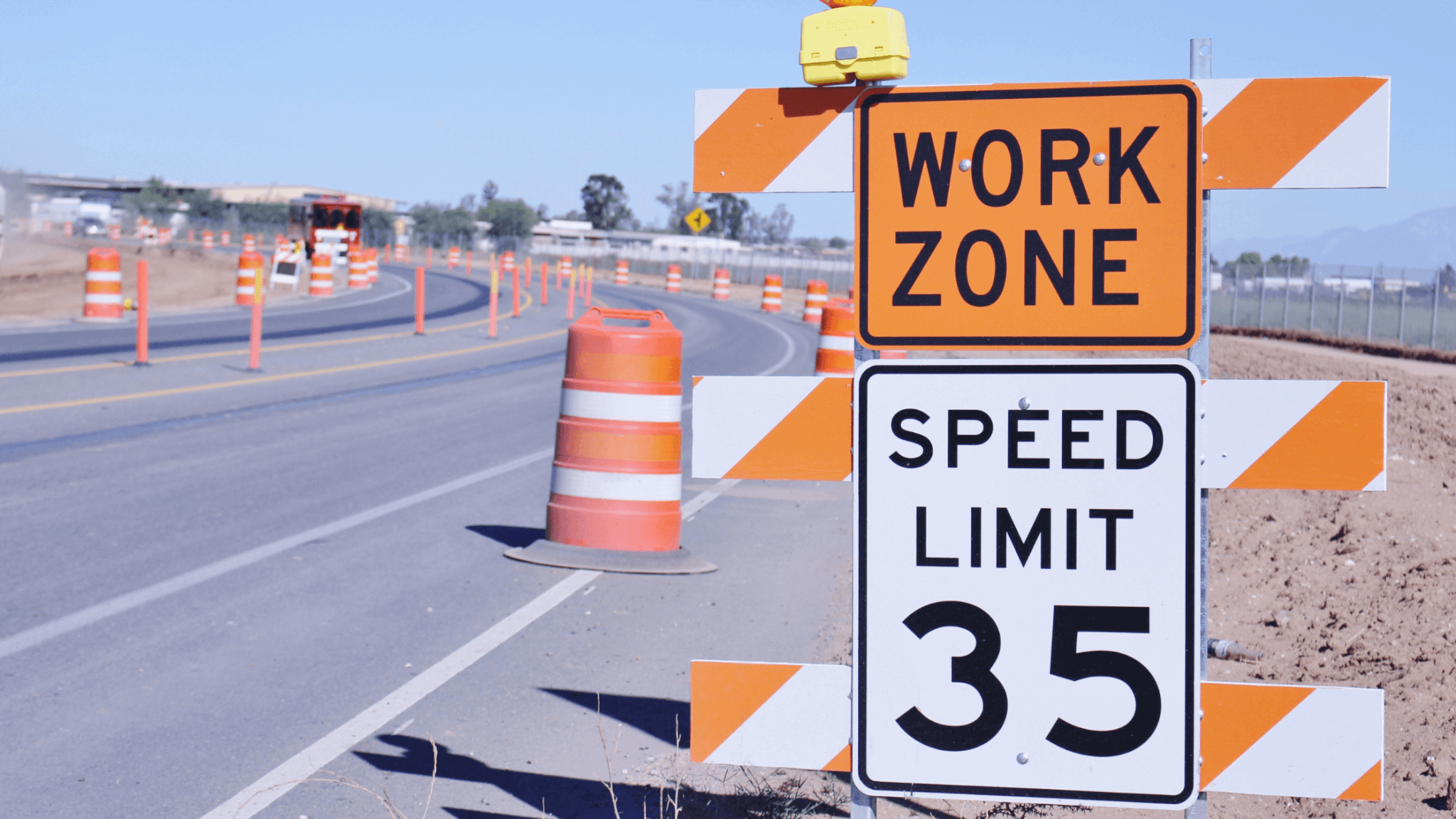Maryland has taken a significant step to enhance road safety by doubling fines from $40 to $80 for speeding in work zones where construction workers are present. The new law, which came into effect at the beginning of June, aims to reduce accidents and protect the lives of both workers and motorists. The increase in fines underscores a growing concern over the high number of incidents occurring in these zones, prompting the state to implement stricter measures.
The spark behind the change
In March 2023, a horrific accident on Interstate 695 led to an overhaul of Maryland’s work zone safety laws. Investigators revealed that two cars, driven by Melachi Brown and Lisa Lea, were traveling over 100 mph. Brown’s car was clocked at 121 mph when it was clipped by Lea’s vehicle, which was attempting a lane change. The collision caused Lea’s car to veer off course, crashing into an active work zone and tragically striking several workers. The accident resulted in the death of six construction workers—a devastating incident that underscored the extreme dangers present in work zones.
This tragic event was a catalyst for Maryland’s decision to double fines for speeding in work zones. The new law is part of a broader initiative to improve road safety by discouraging dangerous driving behaviors. The state has also increased the presence of law enforcement in work zones, launched public awareness campaigns, and enhanced safety protocols to prevent similar incidents in the future. These measures aim to protect both workers and motorists, ensuring safer conditions on the state’s roadways.
How other states are tackling work zone safety
Several other states across the country have also implemented stricter measures to ensure the safety of both workers and motorists. These actions include raising fines and employing advanced technology for speed enforcement.
- New York: The state has launched an automated work zone speed enforcement program, using mobile speed cameras to monitor driver compliance. Fines start at $50 for the first offense and can increase to $100 for subsequent violations within 18 months.
- Indiana: Indiana has introduced a pilot program with speed cameras placed in four specific work zones. The system includes a warning for the first offense and a $75 fine for any further violations.
- Delaware: Delaware doubles fines for all moving violations in work zones, employing active enforcement and speed cameras, particularly in high-traffic areas like the I-95 corridor.
- Wisconsin: In Wisconsin, fines for traffic violations in work zones are doubled, regardless of whether workers are present, to discourage dangerous driving and prevent accidents.
Effectiveness and challenges of increased fines
The effectiveness of these increased fines in reducing work zone accidents is a topic of ongoing discussion. Early indications suggest that states with stricter enforcement, like Delaware and Wisconsin, are seeing positive outcomes. Delaware doubles fines for all moving violations in work zones, leveraging active enforcement and speed cameras to maintain safety, particularly in high-traffic areas. Similarly, Wisconsin enforces double fines even when workers are not present, aiming to comprehensively discourage unsafe driving behaviors.
Despite these efforts, challenges remain. Public awareness and consistent enforcement are critical for the success of these initiatives. As more states adopt similar measures, the hope is that these laws will significantly improve road safety and protect both workers and motorists in work zones.


